Data Politics: Drag, Deepfakes and the Taming of Technology
Image credit: Jake Elwes
Human-made datasets carry with them the prejudices and assumptions of their creators. Can art subvert and expose the process? By Morgan Currie and Benedetta Catanzariti.
“The Camp sensibility is one that is alive to a double sense in which some things can be taken. But this is not the familiar split-level construction of a literal meaning, on the one hand, and a symbolic meaning, on the other. It is the difference, rather, between the thing as meaning something, anything, and the thing as pure artifice.”
Susan Sontag, Notes on “Camp”
For many of us, the topic of deepfakes calls to mind doctored videos of celebrities showing up in films they never made, or public figures saying outrageous, out-of-character statements – Mark Zuckerberg admitting to stealing everyone’s data and dominating the world. The clips are altered to confuse us, sometimes for entertainment, other times with darker intent, by making reality harder to discern from fiction.
For artist Jake Elwes, deepfake technology is an artistic medium making satire out of authenticity – of images and voice recordings, but also identities, classifications, and genders. His Zizi project typifies this mischievous approach to ambiguity – it draws on images of real drag queens and kings to create synthetic faces and bodies, uncanny avatars of a type of performer that has long trafficked in the blurring of truth and fabrication.
Drag, both as a concept and practice, might well play an increasingly strategic role in our highly datafied world. Harris Kornstein, a drag performer and writer from San Francisco, describes how drag makeup confuses Facebook’s facial recognition algorithm – similar to the dazzle effects that camouflage face paint has on facial recognition cameras.
Facebook’s software tends to tag drag queens incorrectly, sometimes confusing them as paintings or famous people. Because drag destabilises fixed identities and genders, it evades dataveillance through digital noise – obscuring a person’s identity until Facebook cannot datafy, categorise, commodify, or control it.
Relying “on constant metamorphosis and cunningly blending elements of fantasy and reality,” writes Kornstein, “drag performers casually render information about their lives difficult for observers to consistently identify, verify, or believe.”
Drag queens’ exaggerated make-up, fictional names, and fluid personas and genders confound the strict parameters of dataset representation. While tech corporations can only extract profit from stable, verifiable digital identities, drag challenges this stability – along with the very assumption that data is an authentic and accurate representation of the self.
Elwes’ work also looks at the slipperiness of identity, but not to elude detection. Zizi’s fabulous queens do disrupt harmful models of representation – Zizi is a façade with no connection to an actual subject to control – but Elwes’ work is more concerned with how drag offers a playful, campy lens for thinking about AI, which also upends our traditional understandings of reality from artifice.
To make his deepfakes, Elwes deploys a GAN – generative adversarial network – a relatively new type of AI that pits two algorithms against each other, one to generate new images that could seem real, the other to discriminate between the more or less real and the fake ones. Over time the system refines the images, creating increasingly convincing renderings through constant feedback on its performance.
In his first Zizi project, Zizi – Queering the Dataset, Elwes took a model trained on a standardised dataset of faces, then retrained it on faces of drag performers. The GAN synthesised the dataset into a stream of synthetic faces of fluid genders – in the final video, the faces mutate and morph into each other, each looking almost real, but still, uncannily, artificial.
By working with datasets of a marginalised group, the project gets at the politics underlying all AI training datasets – the representativeness of images used to train the algorithm. As a growing body of research has shown, the composition of datasets used to train machine-learning systems – often over-representing white men – can reproduce biases found in wider society. The fluid identities in the Zizi project subverts normative ideas of the gender binary that dominates these standard datasets.
In another incarnation of Zizi, called The Zizi Show, users control the body of a deepfake drag performer from their browser. The audience can make different selections before or during the performance – of the song danced to, the type of body Zizi takes. The body selections themselves come from AI-created models trained on the motions of London-based drag queens and kings, who worked in close collaboration with Elwes. Zizi’s dancing figure, in whatever version, blurs and bristles with static; the image always seems to be compiling and catching up with its own movements. The details – jewellery, hair and fur – are poorly rendered, fuzzy.
By letting people control the deepfake, Zizi adds a new layer of ambiguity to the concept of digital identity. Zizi is not just an avatar – a remnant of early internet utopias – but an emergent persona of the AI technology and the human controller. Zizi’s mutant performance shows us that deepfake technology, so often associated with pranks and malicious intent, can be tamed.

